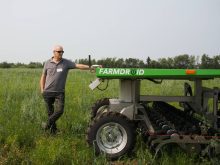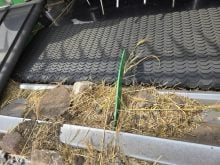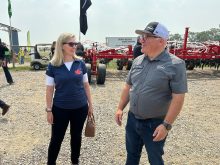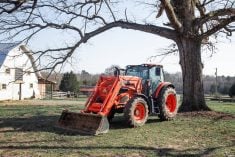PORTAGE LA PRAIRIE, Man. – Humane hog producers don’t like using electric prods when loading pigs onto trucks.
But they work, and other methods aren’t usually as effective, many producers believe.
However, electric prods are probably causing premature pig deaths and meat quality problems, researchers told hog transportation workshops in Manitoba, Saskatchewan and Alberta.
“Some animals that have been prodded when loading, those animals stay in the truck (at the unload),” said University of Laval researcher Jorge Andres Correa.
Read Also

House ag committee to undertake several studies
The House of Commons standing agriculture committee has set its agenda for the coming months. Members began the fall sitting with a two-hour update on international trade
“They don’t want to see a human again. We see this in the body. More stress is bad (meat) quality.”
Paddles are used by many producers, but researcher Luigi Faucitano of Agriculture Canada in Lennoxville, Que., said he is hoping to do more research on an almost completely contact-free handling system that uses compressed air to move pigs.
Compressed air wand systems, already being used in Brazil, shoot blasts of air at a pig’s backside.
“We want to see if we can develop a portable prototype,” said Faucitano.
Electric prods work and keep pigs moving, but heart rate monitors reveal that prodded pigs experience high heart rates and do not relax as well as non-prodded pigs during transport.
The result is higher death rates and meat quality problems, according to Correa.
Handling facility issues
Compressed air could be an alternative to prods but it also has drawbacks and can fail where barn and loading facilities are poorly designed.
“You’ve got to have good facilities,” said Correa.
“If you have good facilities, with wide alleys and no blockages, it can work. But if your facilities are no good, compressed air is not something that will move animals because the animals will stop and go backward, and after three times (of being shot on the backside) with compressed air, they’re going to like it. They won’t go any more.”
Faucitano said using compressed air tends to move animals more slowly. They tend to back up and turn around more often.
On the other hand, they tend to commit fewer acts of aggression.
Compressed air has promise, but developing a commercially applicable system will take work, he said.
“We have to study this further.”

















